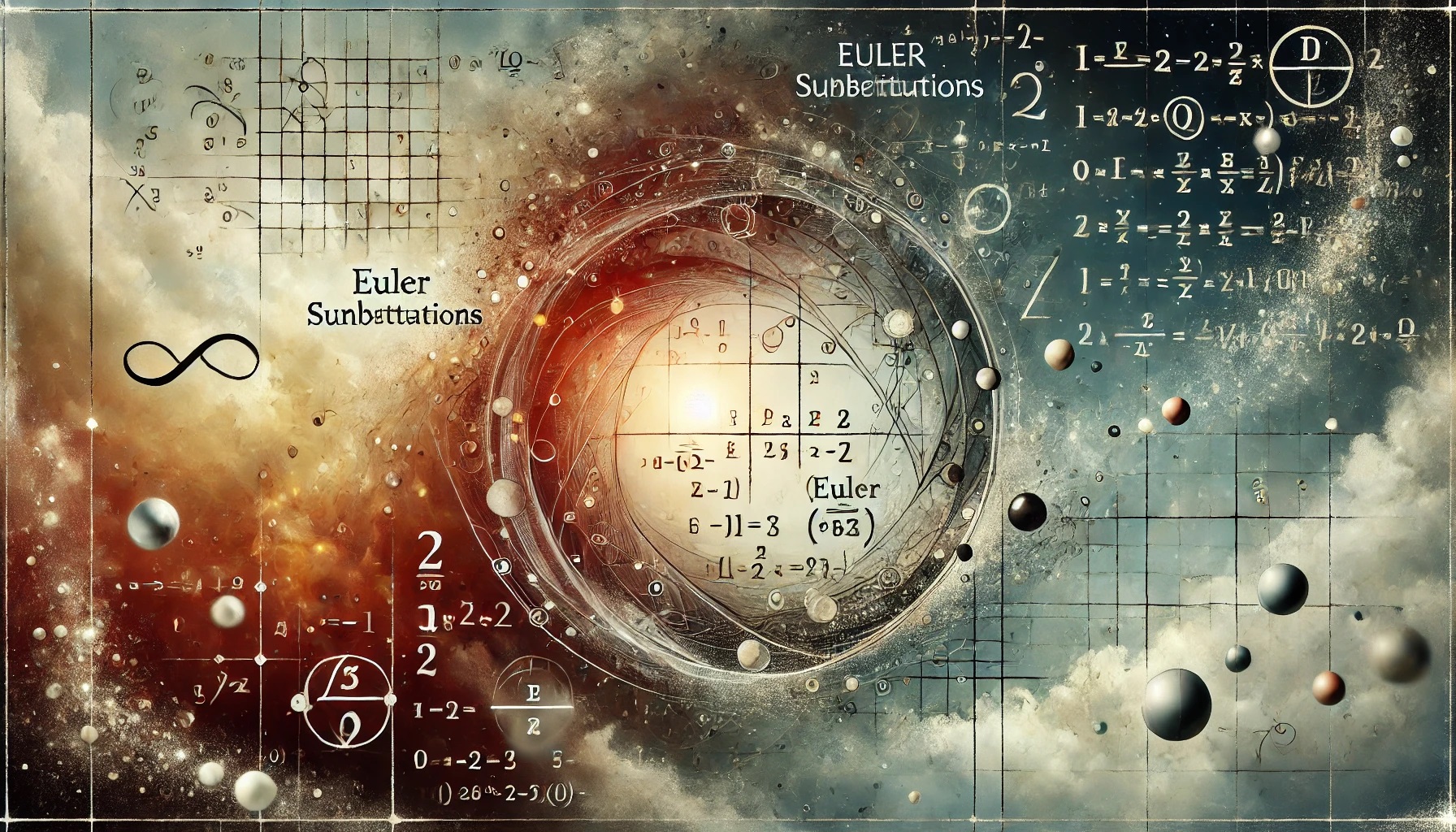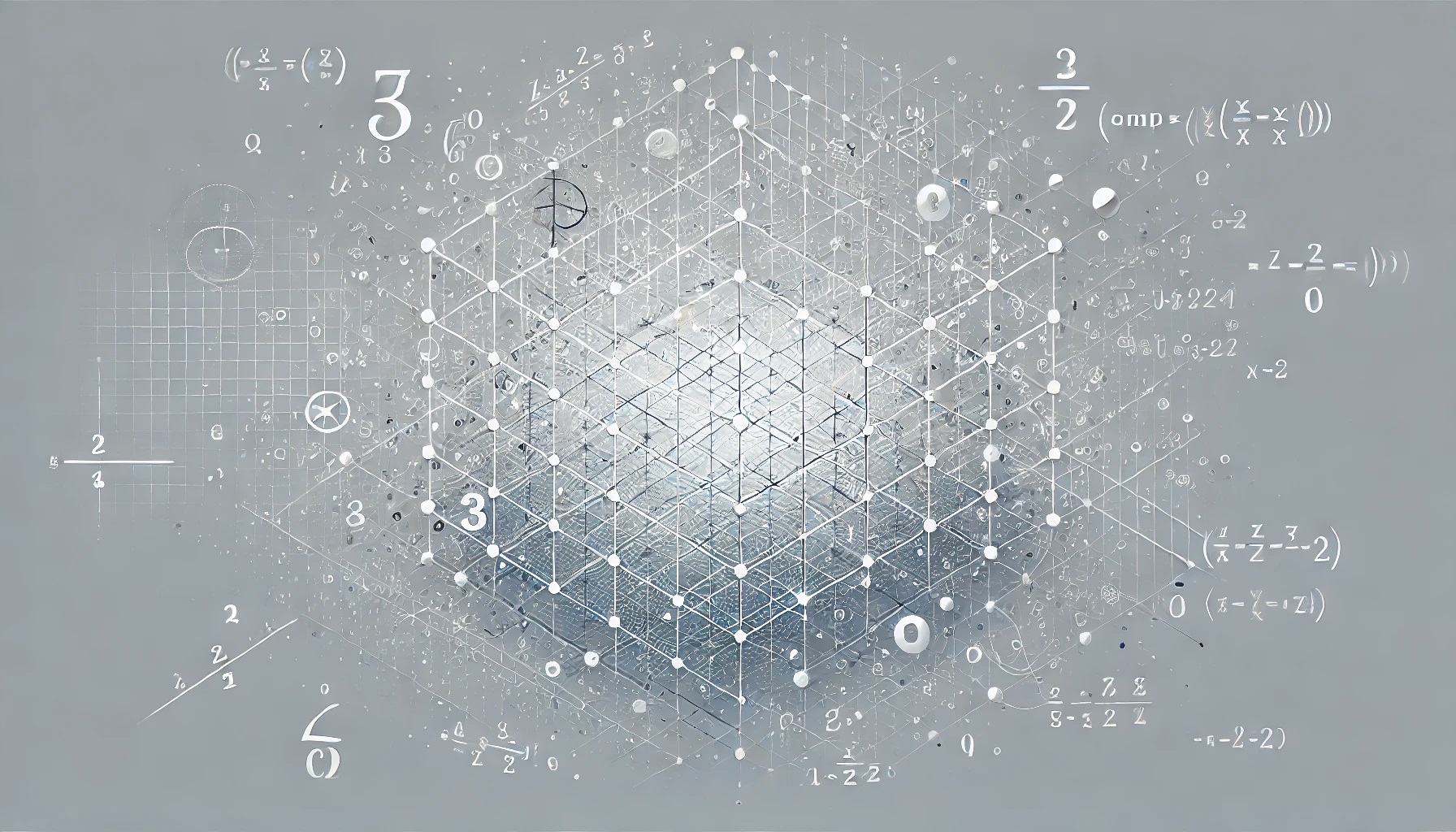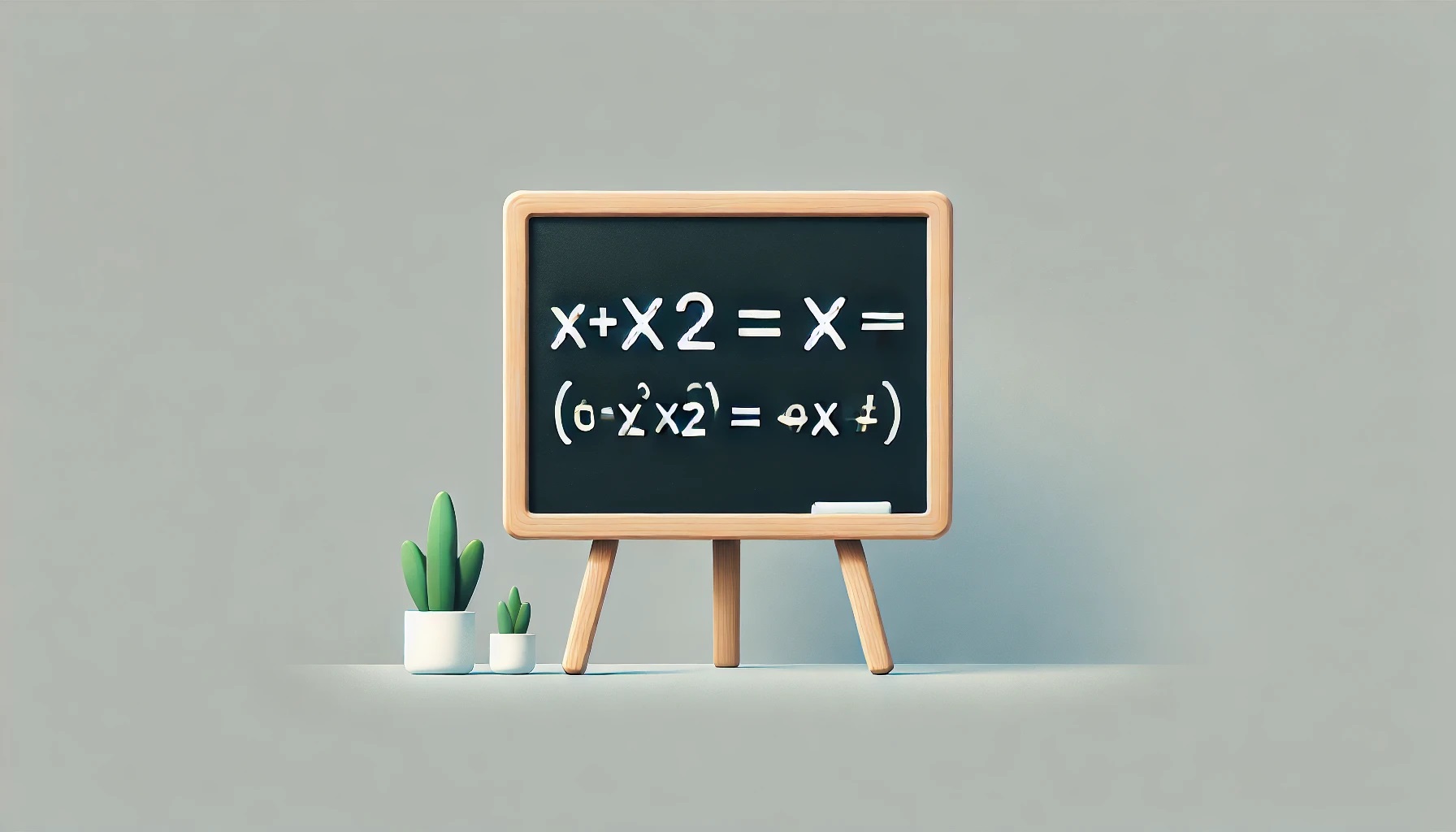
Euler Substitutions of the Third Kind – Summary
In previous posts, I demonstrated how to use Euler substitutions in integrals with the square root of the polynomial ax^2+bx+c.
Euler substitutions of the first kind were used when a>0, and second kind Euler substitutions when c>0. In this post, we will deal with the third and final kind of Euler substitutions that can be used when the quadratic polynomial in the integral has TWO DISTINCT roots x1, x2, meaning its discriminant is positive. See what to do in this case.





Recent Comments